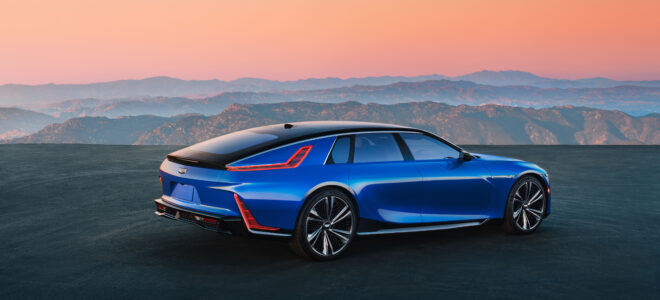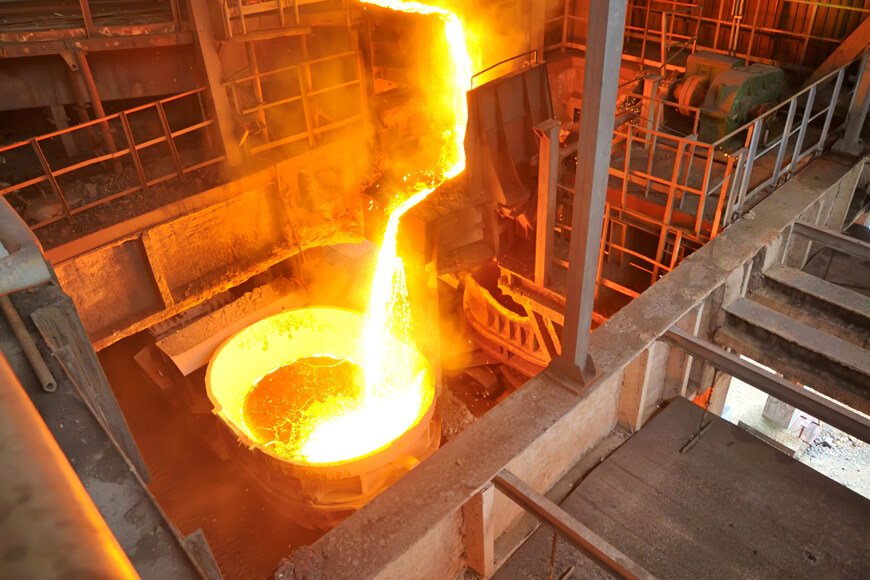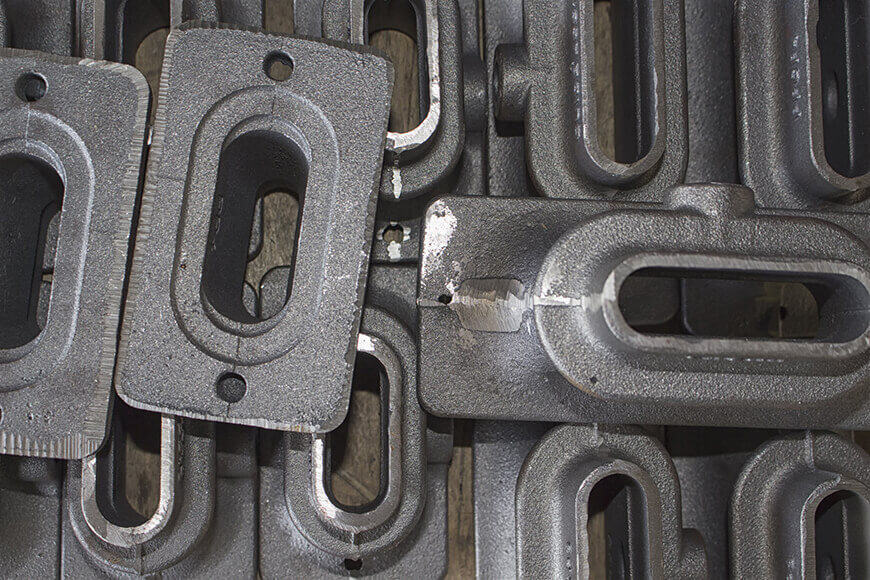
Modern cars are some of the most advanced pieces of technology on the market today, thanks in large part to steel casting. Steel casting is a manufacturing process that has been around for centuries and continues to be used widely in automotive production.
From conception to completion, steelcasting plays an integral role in determining how modern cars look and perform. This article will explore the history of steel casting and its impact on car design, as well as its importance in creating safe, reliable vehicles for consumers everywhere.
Benefits of Steel Casting for Automobile Manufacturing
Steel casting is a key element of the automobile manufacturing process, and it provides numerous benefits for modern car design. One major advantage of steel casting is its strength, durability and reliability; this makes it a natural choice for components that need to resist extreme temperatures or pressures. Steel castings are also known for their resistance to corrosion and wear-and-tear, meaning they can be used in cars with minimal maintenance required over time.
Additionally, steel castings are incredibly versatile – designers have greater freedom when creating vehicle parts out of steel compared to other materials such as plastic or aluminum. This allows them to create complex shapes that would otherwise not be possible using alternate methods. Finally, while more expensive than other options in some cases, the cost savings associated with steel casting usually far outweigh any upfront costs due to increased efficiency throughout the production process.
The Process of Steel Casting from Concept to Creation

Source: .reliance-foundry.com
When it comes to steel casting, the process of creating car parts from concept to creation can be a long and complicated one. It starts with an idea or design that is then translated into a 3D model. This model will act as a prototype for the part and allows engineers to identify any potential flaws in the design before production begins. Once this has been done, molds are created so that molten steel can be poured into them and cooled. The mold must be perfectly designed so that each part is identical when casted out of its original shape.
After cooling, workers may need to grind down any excess material or use machines like lathes to cut away extra metal until they achieve the perfect finish for their desired product. Finally, after all these steps have been completed, the piece is ready for assembly on its intended vehicle. By following such a rigorous process, steel casting ensures modern cars maintain their optimal performance levels while also holding up against wear and tear over time.
Application of Steel Casting Techniques in Modern Car Design
The application of steel casting techniques in modern car design is a vital element for vehicle manufacturers. Steel castings are integral to the overall engineering of cars, from the chassis and body panels to engines and exhaust systems. As technology has progressed, so too have the range of steel casting techniques available which allow designers to create lighter yet stronger components that can be integrated into revolutionary new designs.
Steel castings also play an important role when it comes to making vehicles more efficient and aerodynamic. By using lightweight materials that can easily be manipulated by computer-aided design (CAD) software, designers are able to make use of advanced optimization algorithms which reduce air drag while still providing strength where its needed most. This helps automakers achieve higher performance levels with fewer resources while still meeting safety regulations across multiple markets worldwide.
Furthermore, due to their durability and precision manufacturing capabilities, steel castings have become essential for mass production processes as well as custom projects such as concept cars or limited-edition models requiring high standards of finish quality on intricate details like interior fixtures or exterior trims. Designers no longer need worry about tolerances being off by even a few millimeters; instead they can focus on creating beautiful shapes without compromising on structural integrity or safety features – all thanks to advancements in modern steel casting technologies today!

Source: reliance-foundry.com



